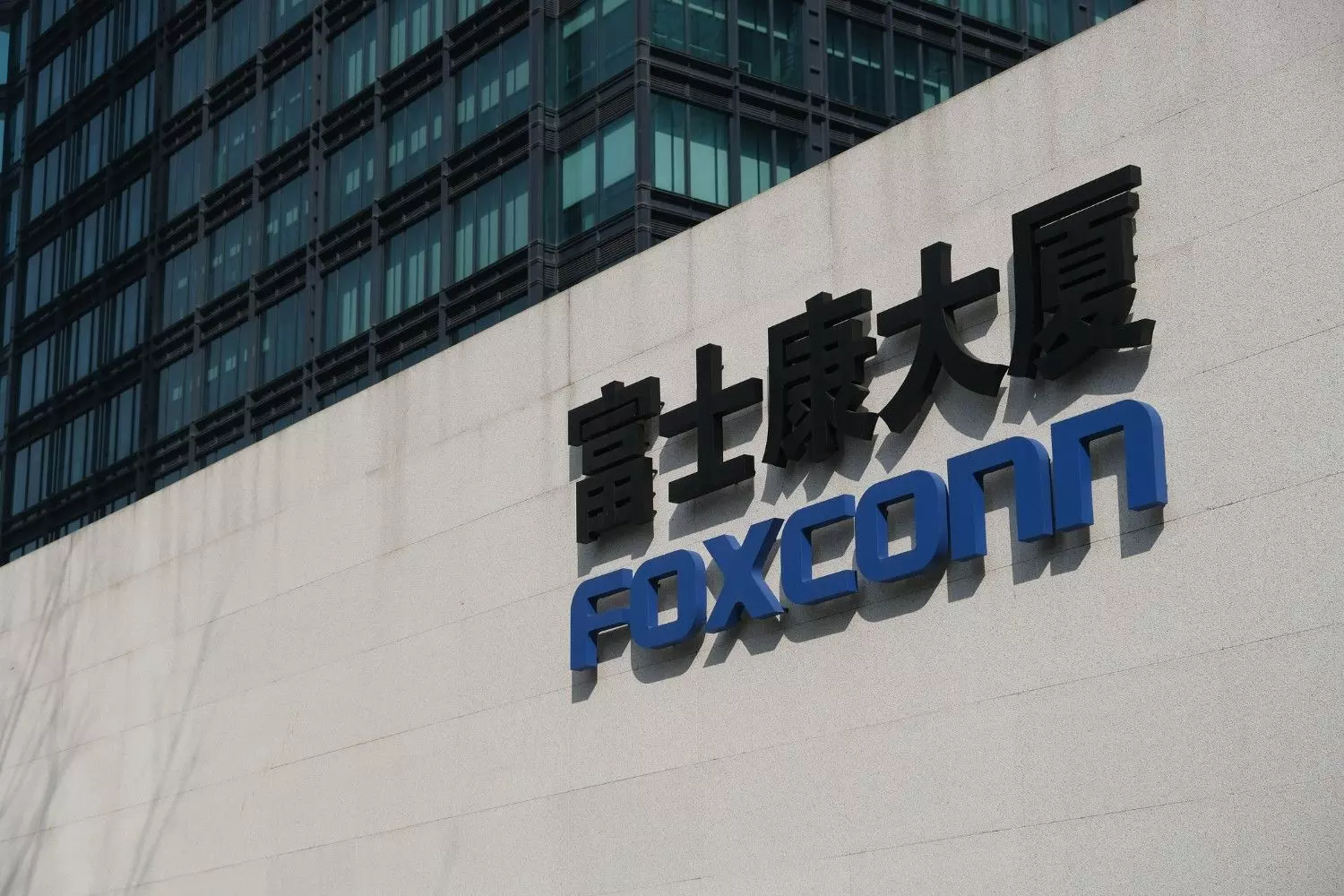
Foxconn's pullout of Chinese engineers sparks turmoil in Apple’s India plans
Chinese engineers who left were trainers, troubleshooters, quality assurance experts critical to ramping up Indian assembly lines to Apple’s exacting standards

In a development that could reshape Apple’s supply chain strategy, Foxconn, its largest contract manufacturer, has withdrawn more than 300 Chinese engineers and technicians from its iPhone production facilities in Chennai, Tamil Nadu. The quiet yet dramatic exit, which began two months ago and culminated this week, has raised questions about the long-term viability of India as Apple’s rising manufacturing hub.
Also read: Trump calls back Apple to US; will India be caught in the crossfire?
The move comes at a critical moment for Apple, which is preparing to ramp up production of the iPhone 17. India’s share of global iPhone production is approaching 20 per cent, but this sudden loss of Chinese technical staff could derail carefully laid expansion plans.
Immense pressure at Foxconn unit
A source at the factory — a non-tech employee — said there is immense pressure at Foxconn unit with operations and shift rotas changing. The Chinese engineers who have left were trainers, troubleshooters, and quality assurance experts critical to ramping up Indian assembly lines to Apple’s exacting standards, he added.
Also read: India, US likely to seal interim trade deal in 48 hours: Report
Neither Apple nor Foxconn has issued a public statement. However, multiple sources suggest that the Chinese government has quietly pressured its nationals to leave India amid worsening geopolitical tensions and tighter visa scrutiny between New Delhi and Beijing.
The withdrawal appears to be part of a broader Chinese strategy to restrict the outflow of technical know-how and prevent the migration of high-end manufacturing to rival economies like India and Vietnam.
India’s role in Apple’s supply chain
India’s contribution to Apple’s global production has grown sharply. From about 14–15 per cent earlier, it now hovers near 18 per cent in 2024. Foxconn dominates this Indian output, accounting for an estimated 65 per cent of iPhones made in the country, with revenues hitting Rs 90,000 crore in 2024. Ahead of the Trump tariffs in just three months, from March to May 2025, Foxconn exported iPhones worth $3.2 billion from India, with 97 per cent of those headed to the United States.
Also read: Trump has ‘no plans’ to pause tariffs beyond July 9; letters will go out ‘pretty soon’
Earlier this year, despite Trump tariffs, analysts were optimistic about India’s long-term prospects in Apple’s global strategy. “We expect made-in-India iPhones to account for 25 per cent to 30 per cent of global iPhone shipments in 2025, as compared to 18 per cent in 2024,” said Prachir Singh, Senior Analyst at Counterpoint Research, in a research report in May.
The report added, "Nearly all the iPhones exported by Foxconn from India went to the United States between March and May, far above the 2024 average of 50 per cent and a clear sign of Apple’s efforts to bypass high US tariffs imposed on China. In the first five months of this year, Foxconn has already sent iPhones worth $4.4 billion to the US from India, compared to $3.7 billion in the whole of 2024."
Apple CEO Tim Cook, however, has repeatedly cautioned that Chinese assembly workers bring “irreplaceable expertise”, a skillset that will be difficult to replicate quickly in India’s still-developing electronics ecosystem.
iPhone growth and market realities
Globally, Apple shipped 225 million iPhones in 2022, 224 million in 2023, and 217 million in the first three quarters of 2024. Active users have continued to climb, crossing 1.382 billion globally. iPhones held a 17 per cent share of the global smartphone market in Q3 2024 and continued to dominate in the US with a 53 per cent market share.
But while India is rising as a production base, its role as a revenue generator for Apple remains limited. In FY24, iPhones accounted for 65-70 per cent of Apple’s sales in India, but the country’s overall contribution to global revenue was just above 2 per cent. In comparison, Greater China brought in $66.95 billion for Apple in FY24, over 17 percent of its global revenue.
Still, the India story is gaining steam. Apple notched record revenue of $8 billion in India in FY24, with projections suggesting that figure could reach $11 billion by FY26.
Foxconn is doubling down on India despite the current turbulence. It recently invested $2.56 billion in a facility near Bengaluru and announced a further Rs 1.5 billion expansion in Tamil Nadu. The Indian government’s Production Linked Incentive (PLI) scheme has played a key role in attracting such capital, providing financial incentives to both Foxconn and Tata Electronics.
India’s iPhone production is projected to hit 26-30 per cent of Apple’s global output by 2027, according to Counterpoint estimates. But the recent Chinese staff pullout underscores the challenges of transitioning complex manufacturing ecosystems from China to India.
Strategic implications for Apple
The withdrawal highlights the delicate balancing act Apple faces as it seeks to diversify its supply chain beyond China. While India has made enormous strides, the loss of Chinese technical expertise could slow progress in the near term.
“The Foxconn withdrawal is a reminder that shifting complex manufacturing ecosystems takes time,” said an expert who has been observing the electronics industry. “Building the same level of expertise and operational depth in a new location isn’t something that happens overnight; it’s a gradual process," he added.
This expert, who studies macroeconomics, has not particularly tracked Foxconn or Apple.
Despite the setback, Apple and Foxconn appear committed to India in the long term. Investments continue, and Indian state governments remain eager partners. "Lower tariffs compared to China and Vietnam are positioning ‘Made in India’ devices as a more cost-effective option for US importers, while the potential for enhanced bilateral trade between the US and India could further strengthen the country’s appeal as a global smartphone manufacturing hub," said Singh in his Counterpoint Research report.

